Latest Digital Marketing Updates – July 2023

This monthly series of blog posts is your go-to source for digital trends. We share the significant trends in the digital marketing industry.
Get the latest updates on developments on social media platforms, game-changing SEO strategies, cutting-edge analytics, or innovations in online advertising. With our insights, you can elevate your online presence, engage your audience, and achieve meaningful results for your business.
Analytics
Embrace the dawn of a new analytics era as we usher in the formidable Google Analytics 4 (GA4), following the sunset of Universal Analytics on July 1st.
Although the transition might take some getting used to, GA4 brings exciting features and improvements that we believe will revolutionize your data analysis.
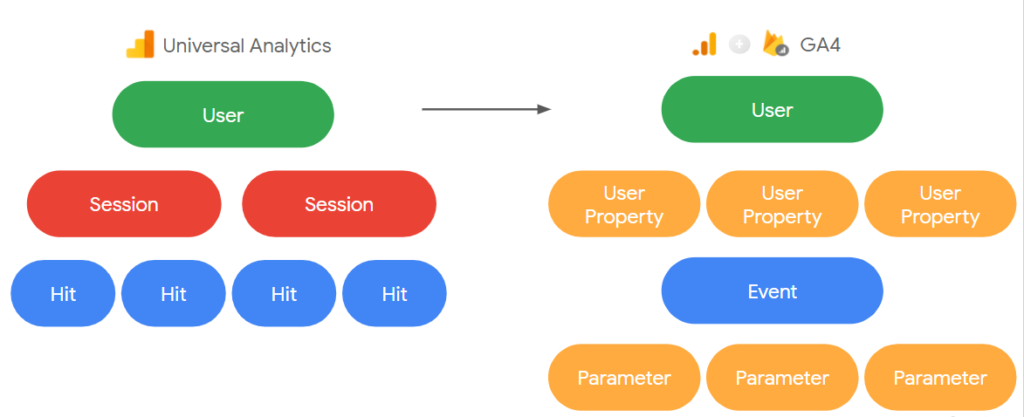
While some may find GA4 reporting simplified, there are several aspects we absolutely love about it. One notable advantage is its enhanced customizability, making it easier to set up custom dimensions, metrics, and reports tailored to your specific needs.
GA4 also shines in measuring user engagement accurately, which is a significant leap forward from the metrics provided by Universal Analytics. Understanding when users are genuinely engaged with your site can lead to more informed decision-making and better user experiences.
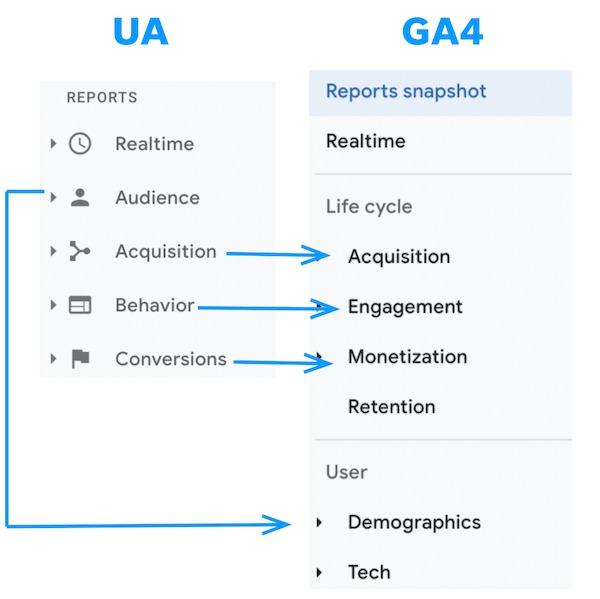
Privacy is a top concern for many businesses, especially with tightening US privacy laws. GA4 addresses this by allowing anonymous user activity measurement, ensuring compliance while still providing valuable data insights.
Additionally, GA4’s seamless integration with Google Big Query, the cloud data warehouse, opens up new opportunities for deeper insights. Previously a costly feature in Universal Analytics, this integration enables businesses to build a single source of truth, leveraging data from various marketing platforms for more comprehensive analysis.
In terms of reporting, Google Looker Studio users can now rejoice as GA4 is much better supported, allowing access to a wider range of reportable data. Our team is constantly updating our YouTube channel with tips and tricks to help you maximize your data in Looker Studio.
For those concerned about their historical data, rest assured that Universal Analytics data will be available until July 2024.
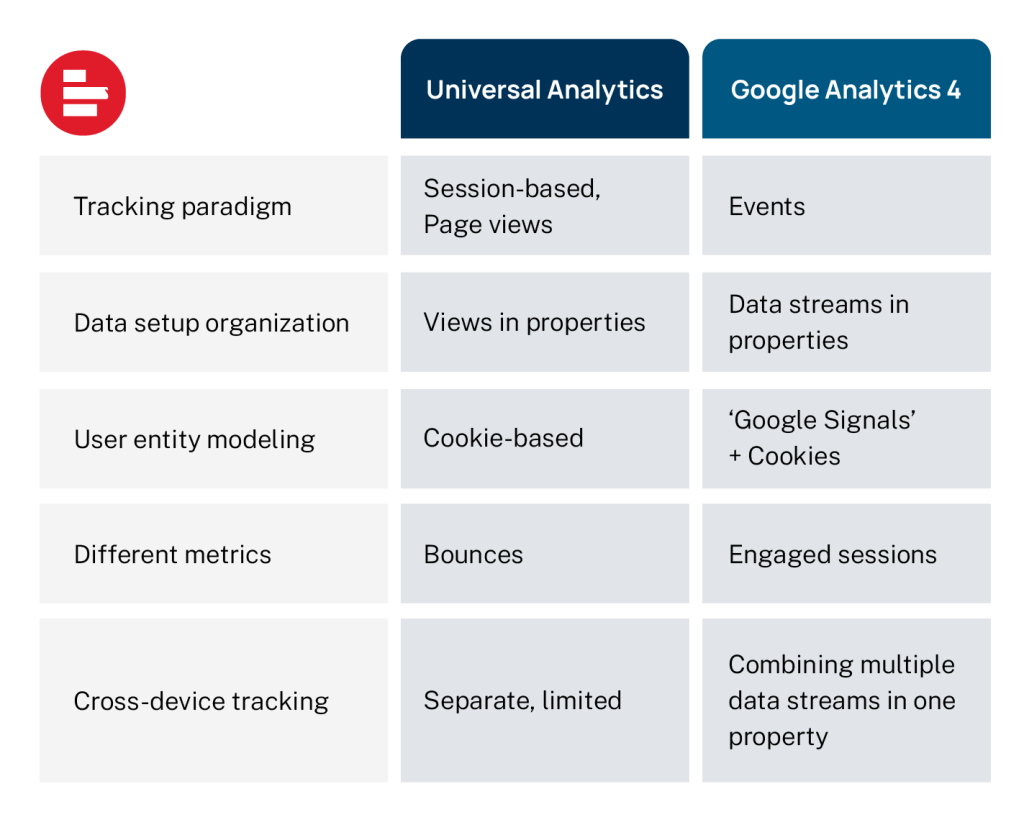
Paid Media
The latest update introduces brand exclusion capabilities in campaign setup, addressing a concern regarding Performance Max campaign types.
These campaign types were previously criticized for including branded traffic and conversions.
This could naturally inflate performance metrics compared to shopping or search campaign equivalents.
However, with the option to remove branded traffic, advertisers can now compare the two campaign types.
In the past, adding negative keywords to Performance Max campaigns required engaging Google support, causing delays and frustrations.
With the new update, advertisers can take matters into their own hands and easily set up a new campaign while excluding branded traffic.
As a result of using brands instead of keywords for exclusion, variations or misspelled words can be manually eliminated. It streamlines and improves the efficiency of the process.
Now let’s explore how this update can be helpful and not helpful from both perspectives:
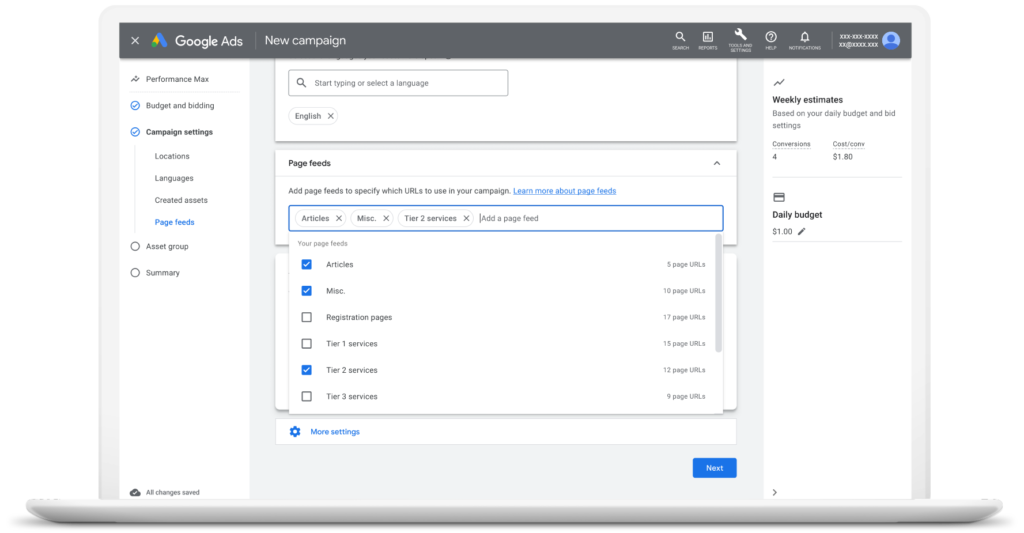
Helpful:
- Fair Performance Comparison: By excluding branded traffic, advertisers can accurately assess the performance of Performance Max campaigns against other campaign types, allowing for better decision-making in allocating ad spend.
- Increased Control: Advertisers now have greater control over their campaigns by being able to set up brand exclusion without relying on Google support, reducing dependency and speeding up the optimization process.
- Efficient Exclusion: Using brands instead of keywords simplifies the exclusion process, saving time and effort for advertisers, especially when dealing with a large number of variations or misspellings.
Not Helpful:
- Missed Brand Exposure: Excluding branded traffic may result in missing out on potential brand exposure and customer engagement, limiting the overall reach and impact of the campaign.
- Limited Performance Insights: While excluding branded traffic allows for fairer comparisons, it may also obscure valuable insights into how branded searches contribute to overall campaign performance.
- Impact on Brand Awareness: By excluding branded traffic, there is a possibility of reduced visibility for the brand among potential customers, which could impact brand awareness and recognition.
Example for better understanding –
Let’s say you own a shoe store and you run an online ad to promote your shoes.

You have two types of ads – one is a regular ad that shows your shoes to everyone, and the other is a special ad that only shows your shoes to people who already know about your store (like those who have visited your website before).
Now, the problem is that when you look at the results of both ads, the special ad that shows only to people who know your store seems to be doing much better.
It’s getting more clicks and sales compared to the regular ad. But there’s a catch – the special ad shows your shoes to people who already know your brand.
It’s like having a head start.
It’s not a fair comparison because the regular ad tries to reach new customers who haven’t heard of your store before.
To make it fair, you decide to exclude the people who know your brand from the special ad, so it only shows to new potential customers.
Now, you can compare the two ads on a level playing field.
This way, you’ll get a better idea of how well each ad performs at attracting new customers, and you can make smarter decisions about where to invest your advertising budget.
That’s the idea behind brand exclusion in Google Ads – it helps you compare your ads more fairly and make better choices to grow your business.
In conclusion, the brand exclusion update in Google Ads campaign setup brings valuable advantages by enabling fairer comparisons and providing advertisers with greater control and efficiency.
However, it also warrants careful consideration regarding its potential impact on brand exposure, performance insights, and brand awareness.
Advertisers should weigh the pros and cons to make informed decisions that align with their specific campaign objectives and overall marketing strategy.
LinkedIn Thought Leader Ads
A game-changer for businesses seeking to amplify their brand presence!
With this innovative feature, you can now harness the power of your employees’ expertise and connections on LinkedIn to promote your company.
Here’s how it works: Imagine having employees within your organization who are already LinkedIn thought leaders, with a substantial following and a reputation for sharing valuable content. With Thought Leader Ads, you can now sponsor their posts directly from their feeds, leveraging their influential reach to benefit your business.
By collaborating with your employees and seeking their permission to showcase their content, you can tap into their vast networks.

This will give your brand a wider audience. This win-win strategy elevates your employees’ personal brands but propels your company’s visibility and thought leadership in the industry.
Empower your team to speak for your business, and witness how LinkedIn Thought Leader Ads can take your brand to new heights.
With the potential to reach a more engaged and receptive audience, this feature opens up exciting opportunities for growth and recognition in the LinkedIn community.
Embrace the power of thought leadership and unlock new possibilities for your business today.

Search Engine Optimization (SEO)

By the end of the year, Google plans to deprecate the sitemap ping endpoint
A sitemap ping was another way webmasters could submit sitemap updates to search engines, but Google will deprecate it in six months.
Both Google and Bing have shown that sitemap pinging is not a reliable method of submission, and it mainly results in spam submissions.
It is still recommended that you submit your sitemaps directly to Search Console and add them to your robots.txt file.
Google emphasizes the use of the lastmod element in sitemaps to inform search engines about changes on your page.
Make sure the lastmod element reflects any significant changes to content, structured data, or linking.
Ups & Downs of Twitter
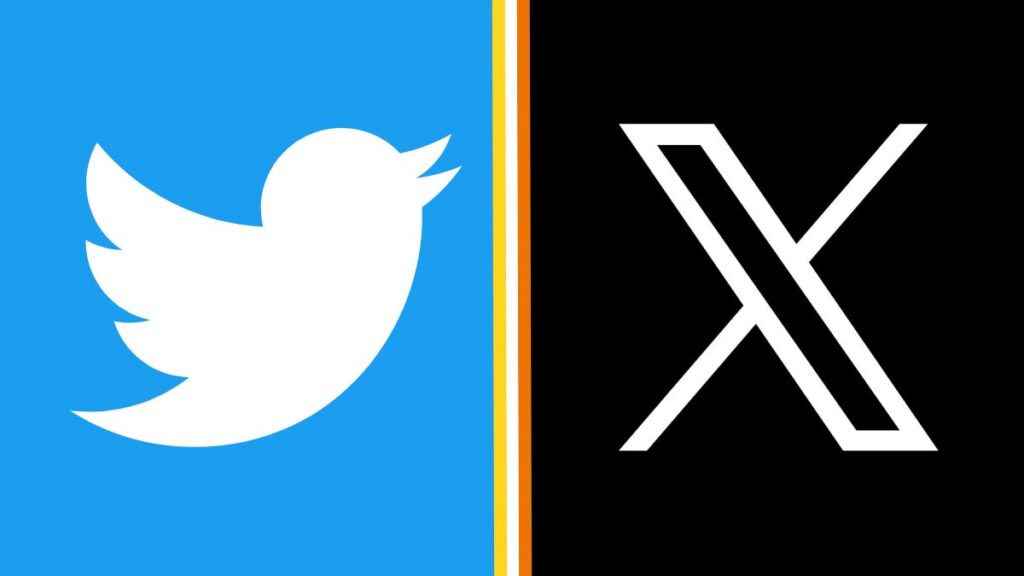
The Twitter world has been buzzing lately, so if you’re following it now, we’ve listed all the updates.
On July 22, Elon Musk suddenly announced Twitter’s logo change to X,
Musk has been vocal about his goal of turning Twitter into a super-app, similar to China’s WeChat. For now there’s no American equivalent to such an app, however industry experts imagine an app that encompasses basically anything a person wants to do online.
And the following changes happened on Twitter –
1- There’s a possibility of a new feature called job listing however Twitter has not officially announced it.
2- Twitter now shares the ad revenue with verified creators
3- Now only verified users can DM people due to spammer issues
4- Twitter blocked links to threads
5- Twitter threatened to sue Meta over its new app Threads
6- Only verified users will have access to Tweetdeck
7- Twitter limits the number of tweets a user can read in a day
8- Now you need to login into your Twitter account to view tweets unlike before
9- Tweets can now have a maximum of 25000 characters.
10 – Twitter faces a $250 million lawsuit filed by major music publishers
11- Twitter got evicted from its Boulder office due to unpaid rent
12- Verified users can edit tweets up to 1 hour post publishing
13- Linda Yaccarino is now officially Twitter’s new CEO
Is Threads a hit or a miss?

With so many ups and downs with Twitter, Meta was all set to take the opportunity and launch an alternative to Twitter called Threads.
It was officially announced on 5th July 2023 and within 7 hours of its launch it gained 10 million users signed up, within 5 days it got 100 million and within 10 days it reached 150 million users but shockingly the initial hype died in the coming weeks, the user activity reduced to 49 million within a week and as per latest update its 23.6 million.
The app’s average time was reduced from 21 minutes to 6 minutes.
Conclusion
In conclusion, the digital marketing landscape is constantly evolving with exciting updates and innovations. In this July 2023 edition of our blog, we’ve covered some of the most significant trends that can impact your online strategy.
From the transition to the powerful Google Analytics 4 (GA4) to the game-changing brand exclusion feature in Google Ads, there are plenty of opportunities to enhance your data analysis and advertising effectiveness. Leveraging the expertise of your employees through LinkedIn Thought Leader Ads can further boost your brand’s presence and reach in the professional community.
Meanwhile, the world of Twitter has been abuzz with significant changes, including a new logo, updates for verified users, the launch of Threads by Meta, and a $250 million lawsuit. These developments highlight the dynamic nature of social media platforms and the need for businesses to stay informed and adaptable in their marketing approaches.
As the digital landscape continues to evolve, it’s crucial for businesses to stay proactive and stay ahead of the curve. By keeping a close eye on the latest digital marketing updates, you can harness new opportunities, engage your audience, and achieve meaningful results for your business. Stay tuned to our blog for more valuable insights and tips to navigate the ever-changing world of digital marketing.



